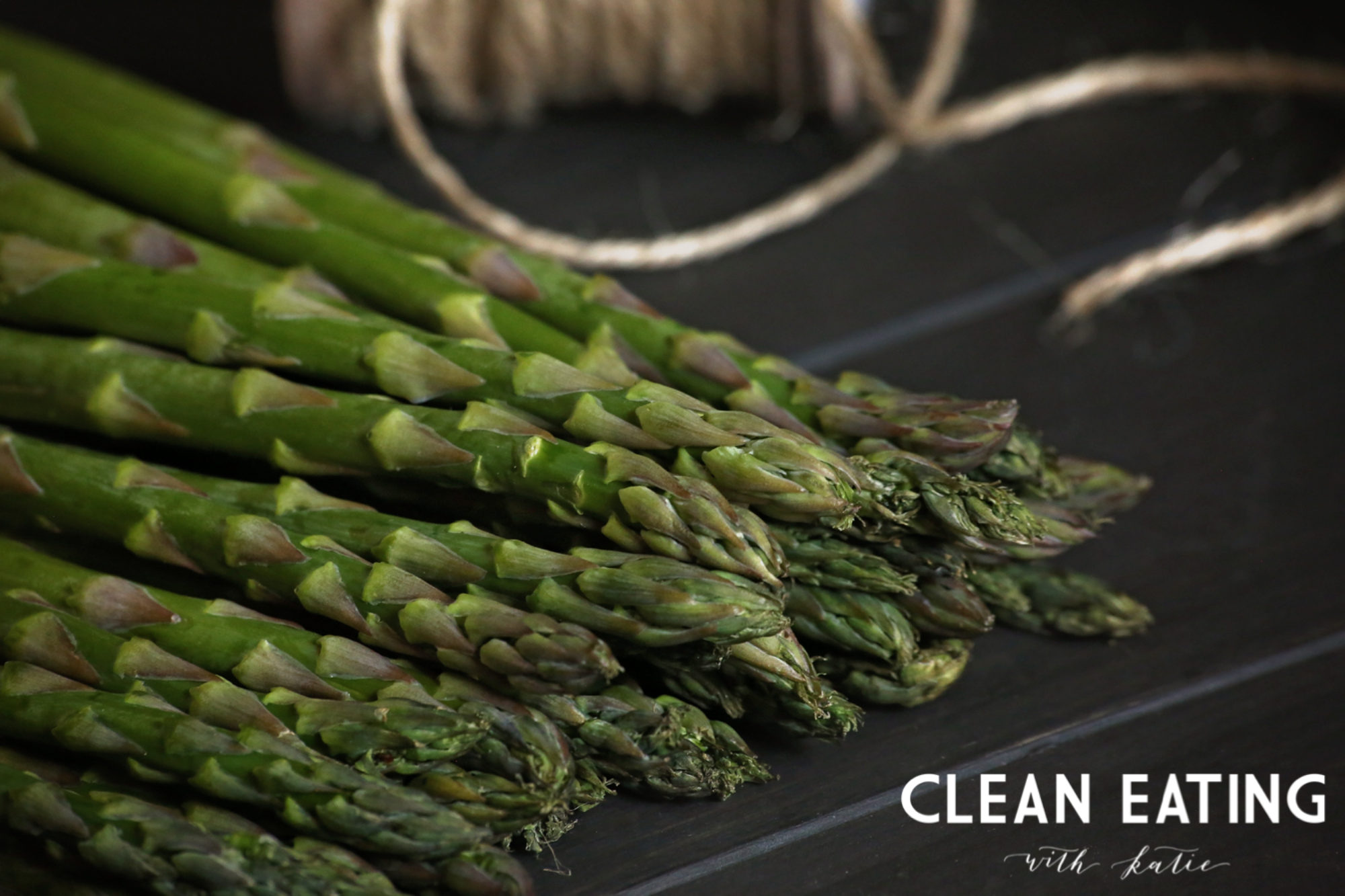Many folks are embracing a grain free lifestyle these days and it’s not just trendy. All plants, grains included, are programmed with species protective mechanisms so that animals and humans do not eat them into extinction. Animals also have species protective mechanisms like, running away, swimming away, and defending themselves and their young. Since plants can’t do that, they have a tiny amount of toxins in them. The more you eat of one type of plant, the more of that toxin that gets built up in your body. (Here’s another reason for eating a wide variety of fruits and vegetables and for following a seasonal model of eating.) 
Further, the seeds of the plant (i.e. the plant’s baby) often have the highest concentration of the those toxins in order to protect the next generation of plants. When we eat grains, we are eating the seeds of the plant. Those toxins are called antinutrients. They are substances that “steal” nutrients from the body and irritate the gut, cause inflammation in the body, and cause nutrient deficiency. Some examples are: phytates, lectins, saponins, and oxalates.
Phytates:
- deplete magnesium and zinc and inhibit their absorption
- are found in unsoaked grains, legumes, and seeds
- good gut flora helps to aid in mineral absorption and minimize the impact of phytates
- are better tolerated when consumed with fermented foods and fructooligosaccharides (FOS) a type of fiber the body can’t digest and that feeds the good gut bacteria
Oxalates:
- deplete magnesium and zinc and inhibit their absorption
- good gut flora help to aid in mineral absorption and minimize the impact of oxalates
- are found in greens like spinach, beet greens, chard, purslane, and parsley
- impact the bioavailability of zinc
- contribute to kidney stones
Lectins:
- are sugar binding substances that can lead to poor digestion
- humans have trouble digesting them and thus can develop antibodies
- can cause flatulence
- can damage the gut (leaky gut)
- are found in grains, legumes, dairy products
Saponins:
- are phytochemicals that are found in food (plant glycosides)
- break down the gut lining
- produce a soap like residue and lather
- are found in quinoa, root beer, beans, potato skins, peanuts, and soy
So how does one avoid antinutrients?
- A grain-free lifestyle is one option. Eating less grains or eliminating them altogether is one option.
- Opting for white rice instead of brown rice will lower the exposure to antinutrients. White rice has the bran and germ removed, which also removes the antinutrients, making it more digestible for many folks. While brown rice certainly has more nutrients, fiber, and antioxidants, those are of no use to you if you are having trouble digesting and absorbing them because of the antinutrients.
- Soaking and sprouting your seeds, legumes, and grains is another great way to reduce the exposure to antinutrients and help to make the nutrients more bioavailable to the body (aka easy to absorb). Here is a great article on how to soak and sprout.
- If you’re looking for a shortcut, there are a few brands that sell soaked and sprouted products:
Go Raw sells snacks make of soaked and sprouted nuts and seeds. They are also a small local company that uses real food ingredients and not much sugar!
truRoots sells a line of grain medleys that have been soaked and sprouted and are convenient and ready to use at home.
So, what are your thoughts on going grain-free and antinutrients? Leave your thoughts in the comments below.


 e, Dr. Perlmutter goes even further to discuss the links between an unhealthy gut and Autism, ADHD, allergies skin issues, elevated blood pressure, anxiety, depression, chronic fatigue, inflammation, and many, many, more.
e, Dr. Perlmutter goes even further to discuss the links between an unhealthy gut and Autism, ADHD, allergies skin issues, elevated blood pressure, anxiety, depression, chronic fatigue, inflammation, and many, many, more. ghly recommend for those interested in improving their gut health or just like to nerd out on science and healthy living.
ghly recommend for those interested in improving their gut health or just like to nerd out on science and healthy living. The other fact that helps me feel justified in not liking raw tomatoes is that unless it’s summer, tomatoes are either grown in greenhouses or internationally, or are grown in Florida (Florida’s “soil” is actually just sand and is
The other fact that helps me feel justified in not liking raw tomatoes is that unless it’s summer, tomatoes are either grown in greenhouses or internationally, or are grown in Florida (Florida’s “soil” is actually just sand and is void of nutrients). So unless they are garden tomatoes or farmer’s market tomatoes, they are often mealy and are picked when green. The book
void of nutrients). So unless they are garden tomatoes or farmer’s market tomatoes, they are often mealy and are picked when green. The book 
 It
It